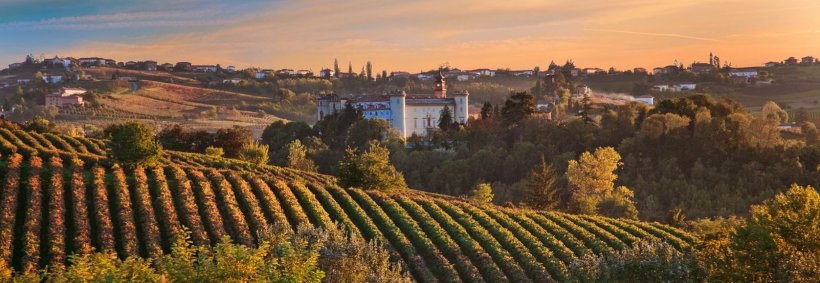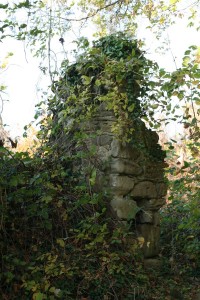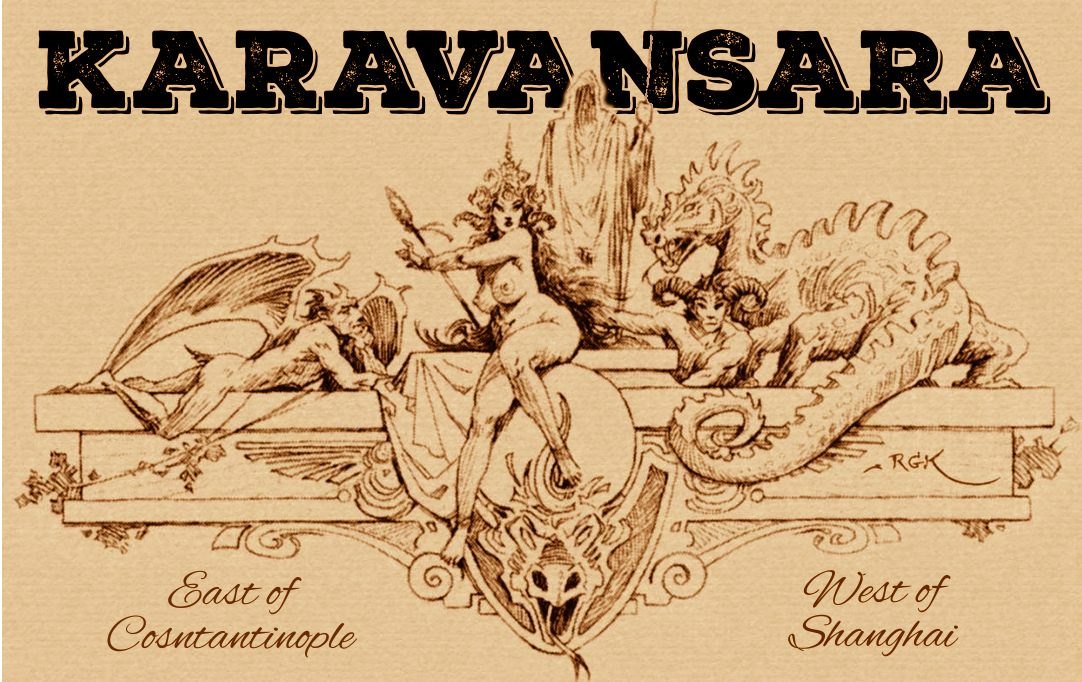Folk Horror.
Apparently the tag was coined by Mark Gatiss in 2010, and used to describe a certain genre of very British horror movies that focused on the countryside, its people and its folklore, its legends and superstitions.
 The three movies that form the core of the genre are Michael Reeves’ historically accurate nightmare Witchfinder General (1968), Piers Haggard’s delicately-titled The Blood on Satan’s Claw (1971) and Robin Hardy’s classic The Wicker Man (1973). A lot of stuff follows, including some of the things that creeped me out the most when I was a kid, to wit Children of the Stones, a rather scary 1977 occult serial from ITV. It was supposed to be kid’s entertainment, but boy was it the stuff of nightmares.
The three movies that form the core of the genre are Michael Reeves’ historically accurate nightmare Witchfinder General (1968), Piers Haggard’s delicately-titled The Blood on Satan’s Claw (1971) and Robin Hardy’s classic The Wicker Man (1973). A lot of stuff follows, including some of the things that creeped me out the most when I was a kid, to wit Children of the Stones, a rather scary 1977 occult serial from ITV. It was supposed to be kid’s entertainment, but boy was it the stuff of nightmares.
But hey, even The Persuaders had a folk horror episode!
Now I am usually wary of labels when it comes to fiction – they make for good party games, but obsessing too much about such things often means forgetting about the story.
But there is a folk element in Arthur Machen, of course, and in M.R. James, and even in Lovecraft. The genre has a history, and deep roots, and more than a little pulp blood in its veins.
And, there is certainly something about rural areas that makes for good horror.
We are creatures of the open savannas, we evolved there and then moved out. We still feel the predator’s eyes on us whenever we are out in the open, alone.
And paradoxically, the main attractions of the countryside – the silence, the loneliness, the wide spaces and the undomesticated nature – are also the main sources of disquiet, of unease, of fear.
You are all alone, in the middle of nowhere.
The only sounds you hear are unfamiliar and unknown.
The feeling of being observed is very strong.
And the locals, they are either reserved in a suspect way (what are they hiding?) or even more sinisterly friendly (why such geniality? What are they hiding?!)

I’ve been living in the countryside since 2009, and I found out that being just 50 miles out of industrial towns like Turin or Milan is actually something that makes things more sinister.
You leave behind the city lights, the fast food joints and wandering crowds, and in about half an hour you take an exit and soon you are in a landscape of overgrown fields and ghost-like villages, in which surly natives stare at you like you just walked out of a flying saucer.
The nights show you more stars than you remembered from your city-bound life, and the silence is broken by the calls of animals (you hope you are animals) you don’t know anyway.

I was living here in the hills of Monferrato no more than a week when I spent a night alone at home – my father being away on some of his business, because back in 2009 he was still reasonably fine.
I was sitting in my room, reading (what else), and all of a sudden I heard a strange call, a sound like someone raging and screaming. I looked out of my window, and I caught a dark shape in the moonlight, an unknown man that was gripping the iron bars of my house’s gate in his fists, and shaking like a wild baboon, roaring.
By the time I found a high-power flashlight, he was gone.
To this day, I don’t know who or what it was. But it was an apt welcome.
 The local countryside offers abundant fuel for fiction, and indeed some of our finest horror writers come from this area, and have tapped the mother lode of local legends (first among them, Danilo Arona, who created a whole parallel geography of horror in the hills of Southern Piedmont) and folk tales (such as the “Masche”, the witches/hags that were the subject of my old friend Fabrizio Borgio, that used them in his eponymous novel).
The local countryside offers abundant fuel for fiction, and indeed some of our finest horror writers come from this area, and have tapped the mother lode of local legends (first among them, Danilo Arona, who created a whole parallel geography of horror in the hills of Southern Piedmont) and folk tales (such as the “Masche”, the witches/hags that were the subject of my old friend Fabrizio Borgio, that used them in his eponymous novel).
It is Danilo Arona that usually speaks of Piedmontese Neogothic, to describe the heady mix of urban horror (such as the stories by Cristiana Astori), that from Turin and Milan seeps and fades into the rural gothic of Arona himself, of Borgio, of Luigi Musolino and many others.
I get sometimes bundled with these fine folks, mostly because of my horror shorts set in the Belbo Valley, so when I speak about Piedmontese Neogothic, I usually say we.
Are we creating a genre, or a sub-genre?
Are we founding a new tradition, or discovering an old one?
Being a Leiber fan myself, and having spent part of my youth with the smoke ghosts and paramentals of the Big City, I sometimes think that all horror is folk, meaning it always hinges on a body of location-specific traditions. The city has its legends, its shadows, its mysteries, and they are often an update, a transmogrification of older stories, older spooks.
Coming back to the countryside, as we take that exit on the highway, we are just coming back to the roots of all of our fears – and they feel so vivid and sharp because we had buried them in the darkest recesses of our memory, and now we start to remember.
All this to say I am reworking a story I had started last winter (the one with the Templars) and then dropped after about one third. It’s about a former punk rocker that retires to the Italian countryside looking for oblivion and starts seeing things.
I’d like to do something with it, one of these nights1.
I’ll keep you posted.
Oh, and in case you wanted to know more about folk horror, here’s three useful links:
AND the folk horror episode of The Persuaders – because it’s Easter.
- this is one of the four projects I’m outlining now, and that I’ll probably pitch to a few publishers just to see what happens if I shake the tree. I’ll work on these stories on the road, in all likelihood. ↩

15 April 2017 at 18:03
Reblogged this on Angelo Benuzzi.
LikeLiked by 1 person
15 April 2017 at 20:48
I’m familiar with Arona works and i love the kind of horrors that he creates in his novels. The raging man at your gates was scary, a bad case of lycanthropy?
LikeLike
15 April 2017 at 21:26
Who knows.
Maybe he was just one of the villagers, eager to show me the welcome and warmth that the rest of the population displayed in the following years.
A werewolf would have probably been better.
LikeLiked by 2 people
15 April 2017 at 21:48
I was a kid in the 1950’s. We concocted some very fanciful names for the great expanses of woods that would shortly become the great expanses of houses — that felt much like the scouring of the Shire, and as synchronicity would have it, the housing tract was called Delshire. The woods contained all manner of mythical creatures and imagined histories.
Speaking of Leiber, his naming conventions always inspired. Fafhrd flowed from my lips, Gray Mouser the perfect companion, and Lankhmar felt like home.
LikeLike
15 April 2017 at 22:30
Playing in the woods is something I did in my earliest childhood, along the banks of a creek called Sangone, just out of Turin, where my grandfather had a small house.
We were explores and adventurers, then 🙂
As for Leiber, eh… I still read him and tell myself I’ll never be that good.
LikeLiked by 1 person
17 April 2017 at 17:42
I searched “Fritz Leiber” on the internet and found one — it was even Google’s second “find” — with this title:
“Why Fritz Leiber is the least-known science fiction author you need to know”
He even misspelled Leiber’s name in his first paragraph. Fortunately the comments section took the guy to task 🙂
And I like the ring of that creek’s name: Sangone.
A tip of the hat to explorers and adventurers all!
LikeLiked by 1 person
16 April 2017 at 14:00
Apt welcome? I’ll be scared out of my mind…I’m a scaredy cat so horror would be torment for me….
LikeLike
16 April 2017 at 14:35
I was pretty scared myself, truth to be said.
And I actually like horror, but in books and movies, not on my front door 😀
LikeLiked by 1 person
16 April 2017 at 14:39
hmmmm….if I read or watch horror or action….then I know what I’ll be dreaming about….the movies I watch follow me to dreamland…I’ll rather be acting in a romantic comedy than dodging bullets or hiding in my dream…😂😂😂😂
LikeLike
16 April 2017 at 14:42
I know the feeling.
But I actually also write this sort of stories, so mine is a professional interest 😉
LikeLiked by 1 person
16 April 2017 at 14:44
Welldone☺☺
LikeLike
16 April 2017 at 14:26
Interesting write up. I get interested in horror at times and there a things mentioned in this post i never heard of..thanks for sharing
LikeLike
16 April 2017 at 14:36
You are welcome!
LikeLike
16 April 2017 at 14:49
I like horror, but in movies, not in reality haha. Amazing post! 🙂
https://tinkaragolob.wordpress.com/
LikeLike
16 April 2017 at 14:51
Same here. It’s fun as long as it’s fiction.
LikeLiked by 1 person
16 April 2017 at 20:50
Well written, your word lead me to the world that I never been. Can imagine how scary it is when someone show up in your window with iron bar 😱
LikeLike
16 April 2017 at 20:57
Scary and unexpected.
Thankfully, it only happened once 😀
LikeLike
17 April 2017 at 03:14
I would love to check out Piedmontese Neogothic. Is there an anthology available in English?
There is lots of American folk horror too (“Children of the Corn,” “Deliverance.”) Stephen King is always writing about Indian burial grounds, and scary ancient things that people dig up on New England farms.
LikeLike
17 April 2017 at 11:27
There is an anthology in the works, but I can’t give you an ETA. It will include local horror stories.
I’ve been planning a few stories and also a few translations of my friends’ work, but once again, time is the unknown factor.
LikeLike
18 April 2017 at 00:56
I look forward to it! Thank you!
LikeLike
17 April 2017 at 12:19
looking forward to the story. You’ve got me hooked
LikeLike
17 April 2017 at 14:21
I’ll do my best not to let you (and my other readers) down!
LikeLike
17 April 2017 at 14:07
When it comes to the horror genre, I still prefer to read horror stories than watch them. I only developed a love for the countryside in my late 20s. I’ve always been a city kid. Today, the more time I spend surrounded by nature and wide spaces the better I feel.
LikeLike
17 April 2017 at 14:24
I still am a city kid after all these years spent in the countryside – while the life rhythms are much easier and the quality of life probably better, I find it very hard to cope with the low-tech level of the area where I live.
LikeLiked by 1 person
23 April 2017 at 18:40
I can imagine 🙂
LikeLiked by 1 person
18 April 2017 at 12:41
On a side note, I recently visited the ruined overgrown church where they filmed Blood on Satan’s Claw (my friend has a booked called ‘Wild Ruins’ and we’ve been working our way through it). Sadly, it is no longer overgrown and ruined. It has been restored and tidied up! Good for the building, but not so good for the gothic lovers!
LikeLike
18 April 2017 at 14:20
I lke very much the idea of the “Wild ruins” book (I’ll haver to check it out).
As for restoring the church in “Satan’s Claw”… I can see the sense of it, and yet, what a pity.
LikeLike